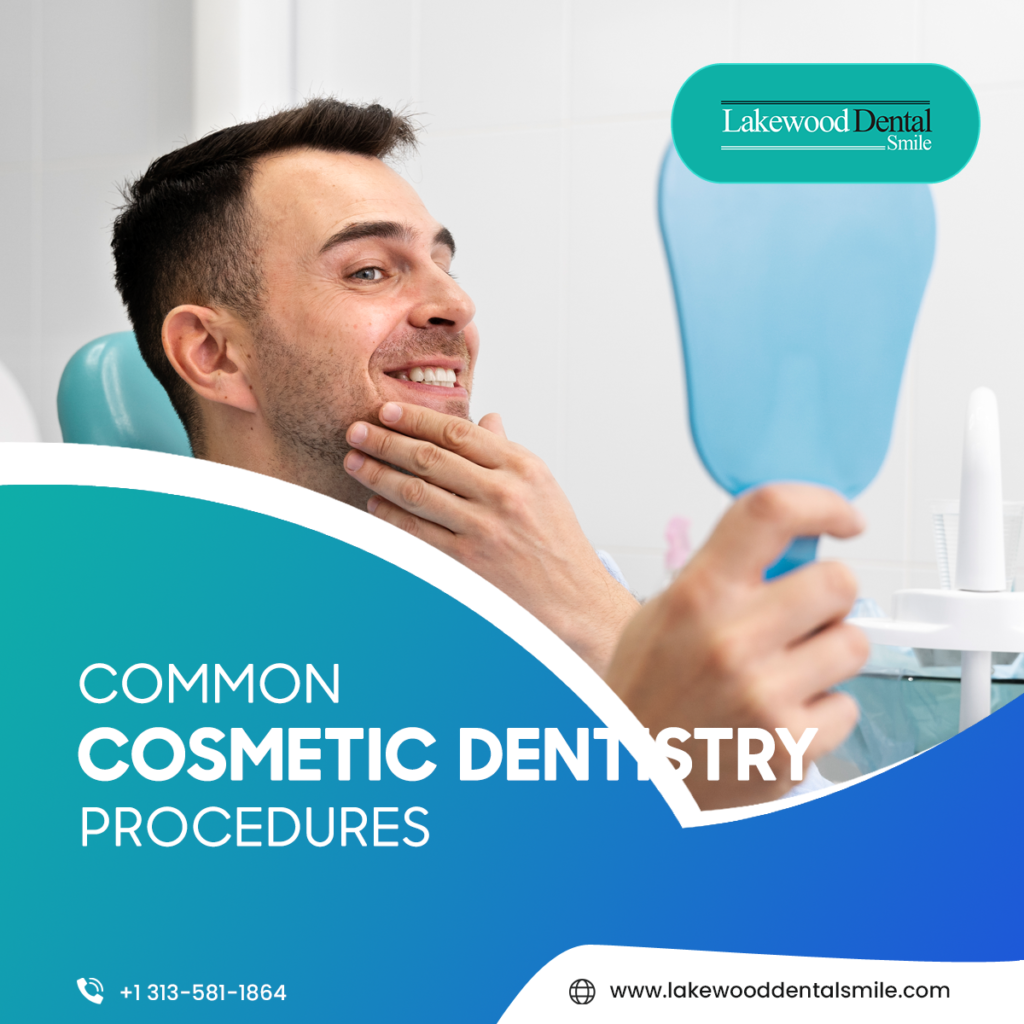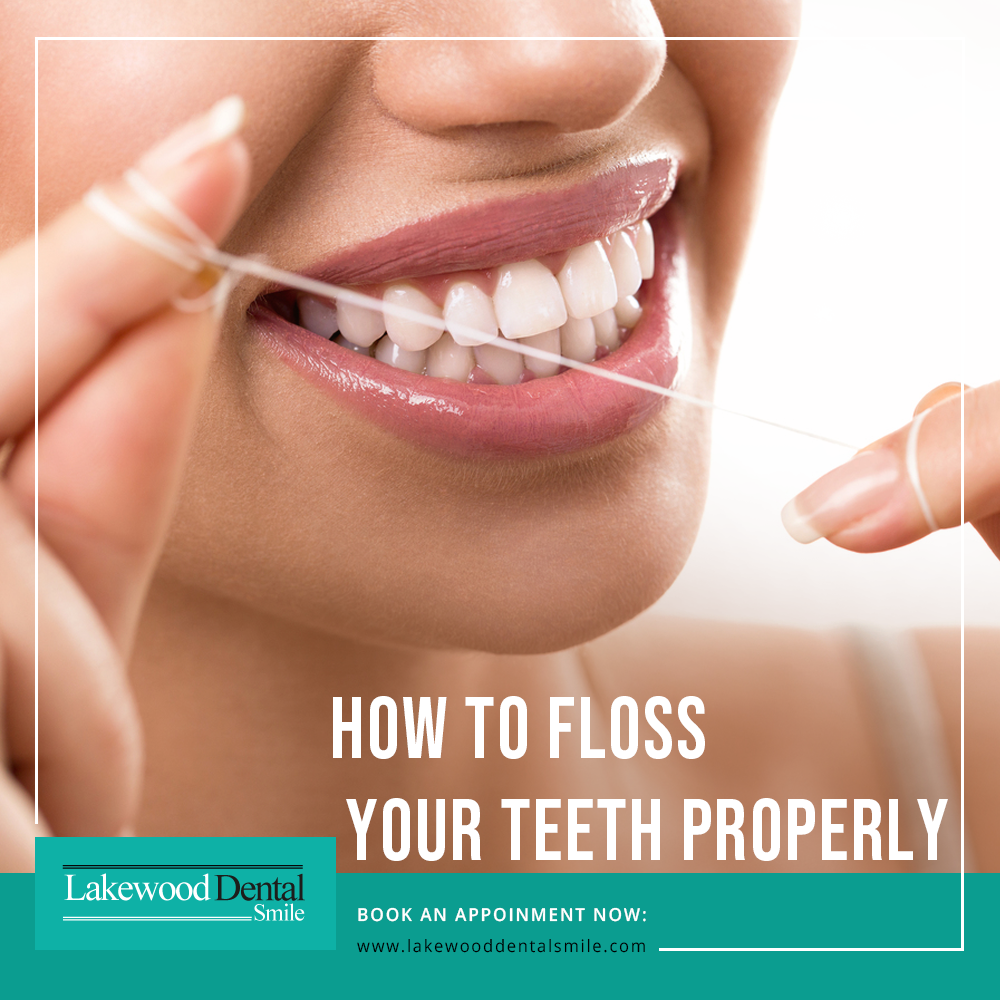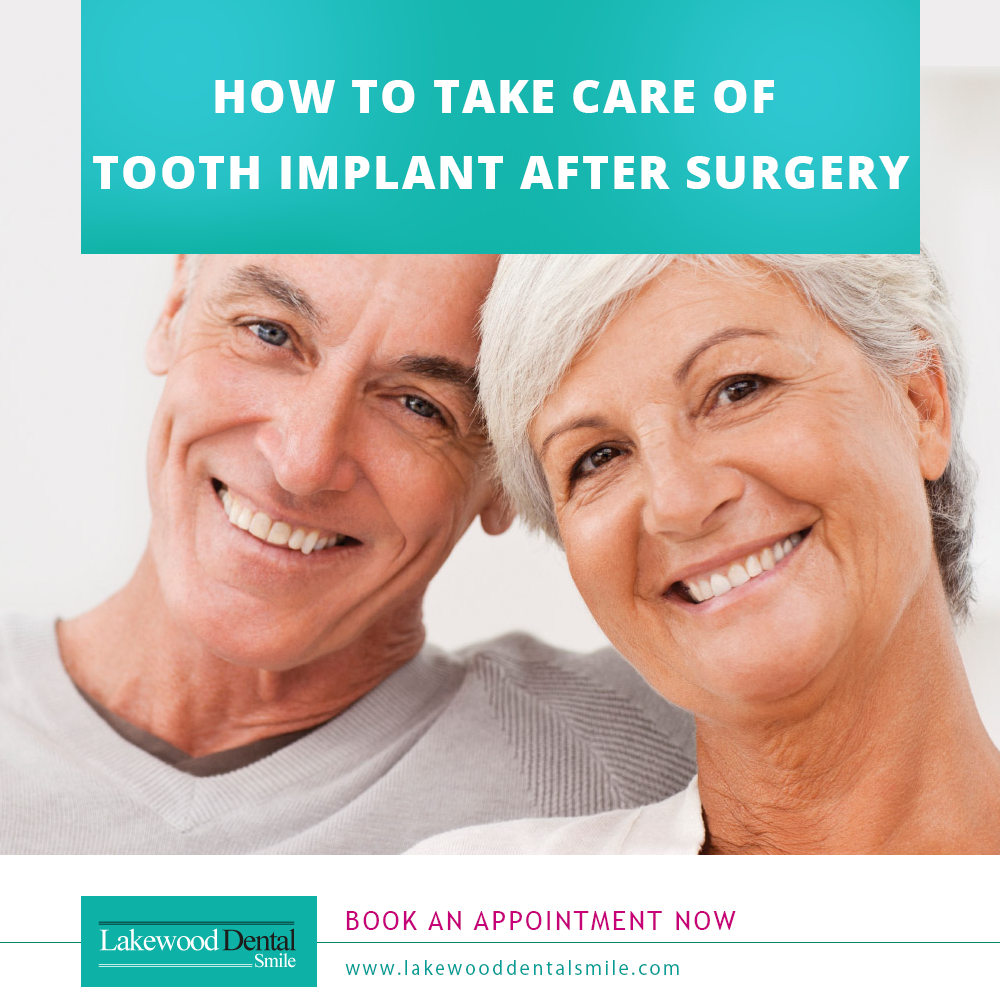
Cosmetic dentistry is a practice of expert oral care that cares about enhancing the presence of your mouth, teeth, and smile. Cosmetic dentistry systems are normally elective, instead of emergency; but in rare cases, such treatments additionally give remedial advantages. The most widely recognized techniques utilized as a part of restorative dentistry range from simple to complex.
Indirect fillings
These are otherwise called inlays or onlays, which are manufactured in a dental research center, and they are utilized when a tooth has mellowed to direct decay or there is insufficient tooth structure to support a filling. Given there is no harm to the tooth cusps, the inlay is put directly onto the tooth surface. At the point when the cusp or a more noteworthy partition of the tooth is harmed, in any case, an onlay is used rather than cover the tooth’s whole surface.
Composite Bonding
Composite bonding alludes to the repair of rotted, harmed, or stained teeth utilizing material that matches the shade of tooth enamel. Your dental specialist bores out the tooth rot and applies the composite onto the tooth’s surface, then shapes it into the right shape before curing it with a high-force light. This practice adequately covers the harm to the tooth and gives a healthy tooth in its place. Bonding is one of the less expensive cosmetic dentistry practices available to patients with tooth decay, chipped or split teeth, and exhausted edges.
Dental Veneers
Ordinarily fabricated from medicinal quality ceramic, dental veneers are made independently for every patient to match the natural teeth. They look extremely natural and can resolve various corrective issues, extending from slanted teeth, to broke or harmed veneer to perceptible holes between two teeth. The dental practitioner applies the finish to the front of every tooth using dental cement.
Teeth Whitening
A standout amongst the most essential corrective dentistry methods, teeth whitening or teeth dying can be performed at your nearest dental clinic. Brightening should be applied after plaque, tartar, and different deposits are cleaned from the surface of every tooth, reestablishing their normal appearance. Throughout the years, teeth become stained and worn from food, beverages, medications, and individual habits like smoking.
Implants
Dental implants are used to supplant teeth after tooth loss. The dental practitioner embeds a little titanium screw into the jaw at the missing tooth, which serves as the backing for a crown. These implants are practically undefined from the encompassing regular teeth, and once the bone and supporting tissue grow to the embed; they are forever secured into place. Patients need to keep persistent oral cleanliness at the embed area.





